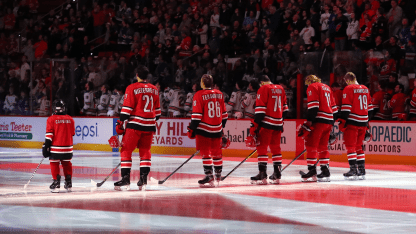What the NHL's 24-Team Return to Play Format Means for the Canes
Canes will face Rangers in best-of-five Qualifying Round if and when NHL can return to play

"We're fine with the way that it's going to go."
Canes will face Rangers in best-of-five Qualifying Round if and when NHL can return to play

"We're fine with the way that it's going to go."